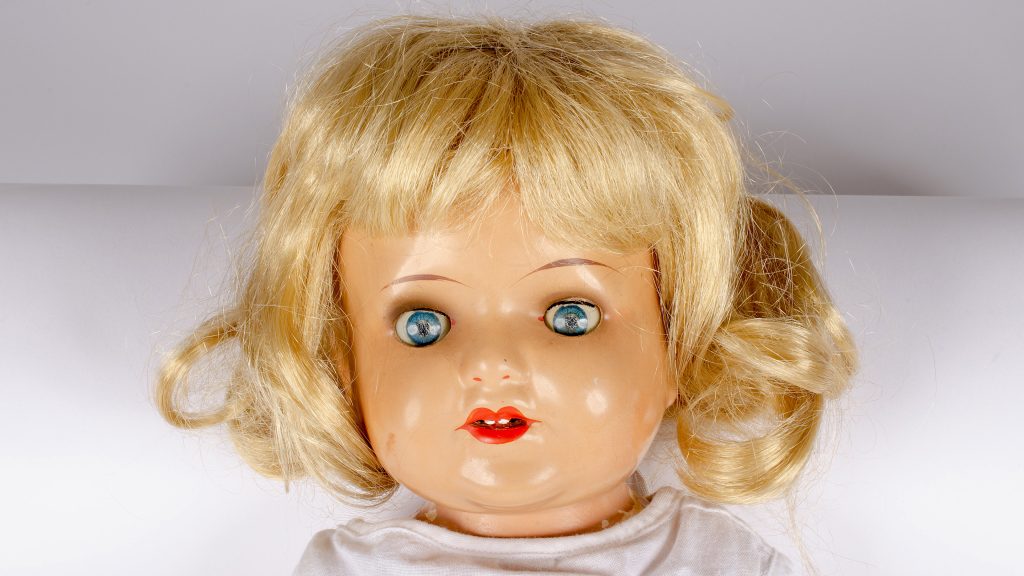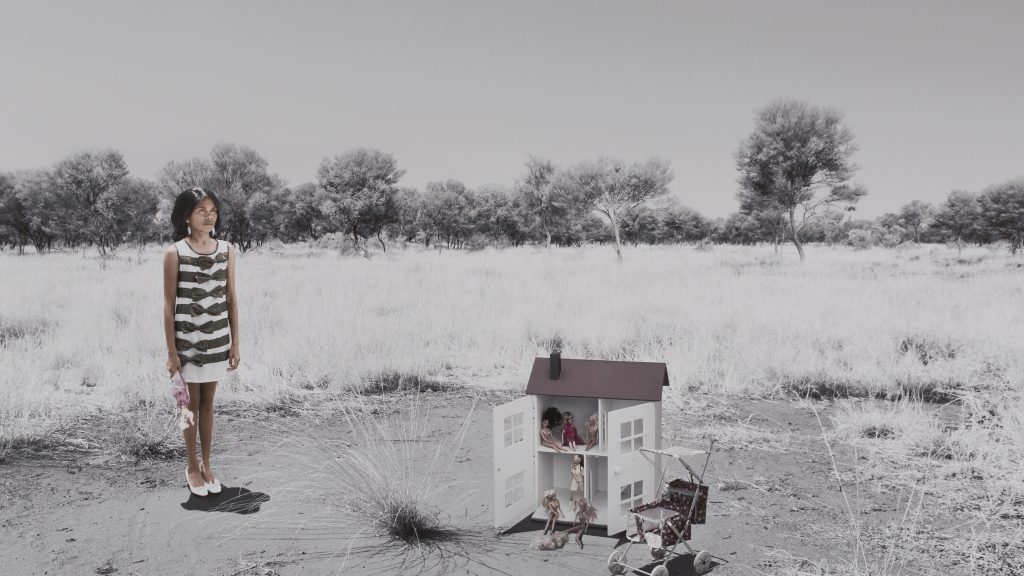In the 1920s, the children’s doll market was booming. The recent development of celluloid had changed everything – instead of relying on delicate and expensive porcelain, celluloid was tough, easily moulded, affordable, and high quality. During this time, the German and Japanese doll industries were particularly active, and many dolls and parts were imported to […]
Frankenstein’s Toy



